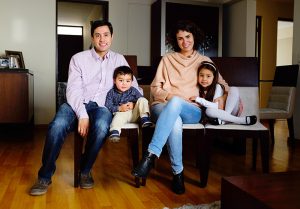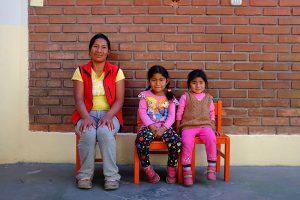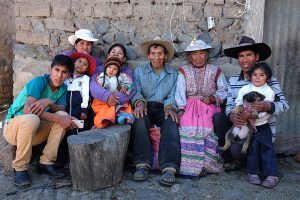La ville d’Arequipa au sud du Pérou a été le point de départ de mon projet Ari Quepay. Selon les étymologies, le nom de la ville serait issue des mots quechua Ari et quepay, signifiant "Ici, restez vous".
Terre d’immigration pour certains, d’émigration pour d’autres, le Pérou est aujourd’hui pluriculturel et multilingue. Des communautés quechuas et amérindiennes aux communautés asiatiques, européennes et afro-péruvienne, le pays a vu, selon les périodes, des vagues migratoires qui ont construit son identité actuelle.
Cette recherche photographique s’est articulée autour du portrait de famille, envisagé comme espace de réflexion sur les identités péruviennes contemporaines. En traversant Arequipa et ses périphéries rurales, j’ai documenté la diversité culturelle et linguistique du sud andin. Chaque image accompagné d'un entretien écrit explore les liens entre langue, territoire, transmission et appartenance.
The city of Arequipa, in southern Peru, was the starting point for the Ari Quepay project. According to the etymologies, the name of the city comes from the words Quechua Ari and Quepay, meaning Here, stay.
A land of immigration for some, of emigration for others, Peru is today multicultural and multilingual. From Quechua and Amerindian communities to Asian, European and Afro-Peruvian communities, the country has seen, depending on the period, migratory waves that have built its current identity.
My photographic research aims to draw family portraits of Peruvians, city dwellers - inhabitants of the city of Arequipa - and rurals, to identify and highlight the cultural and linguistic diversity of the great Peruvian south and particularly of the White City, reveal the plural identities of Peruvians and their relationship to the territory and their cultural, family and linguistic heritage.







